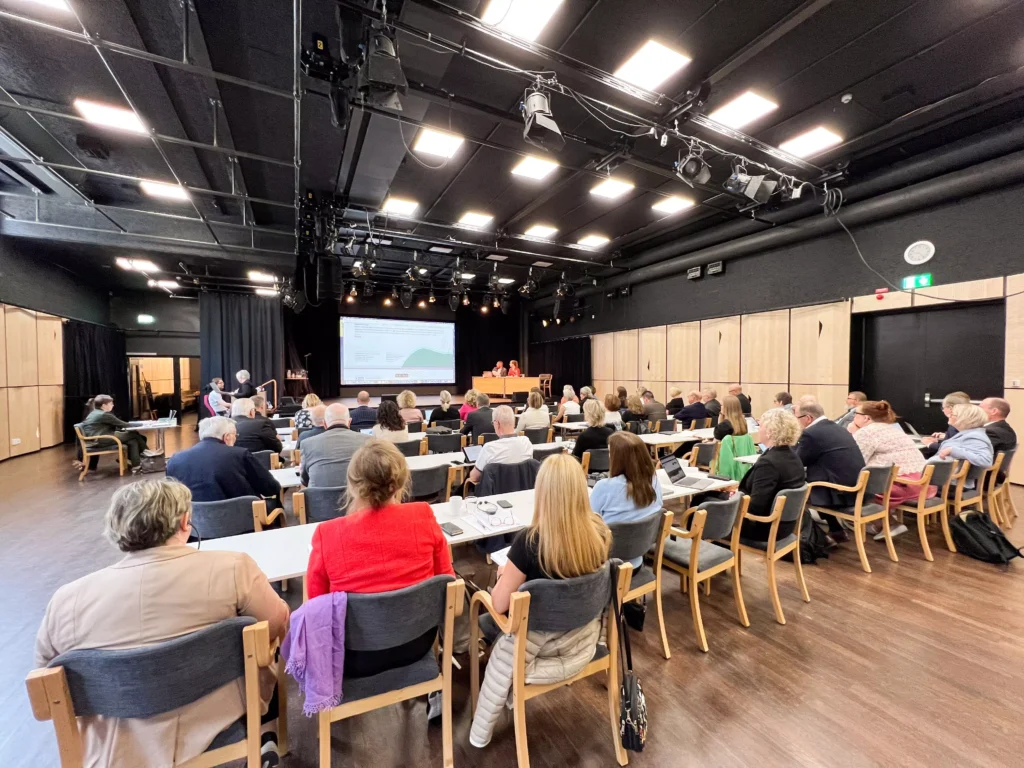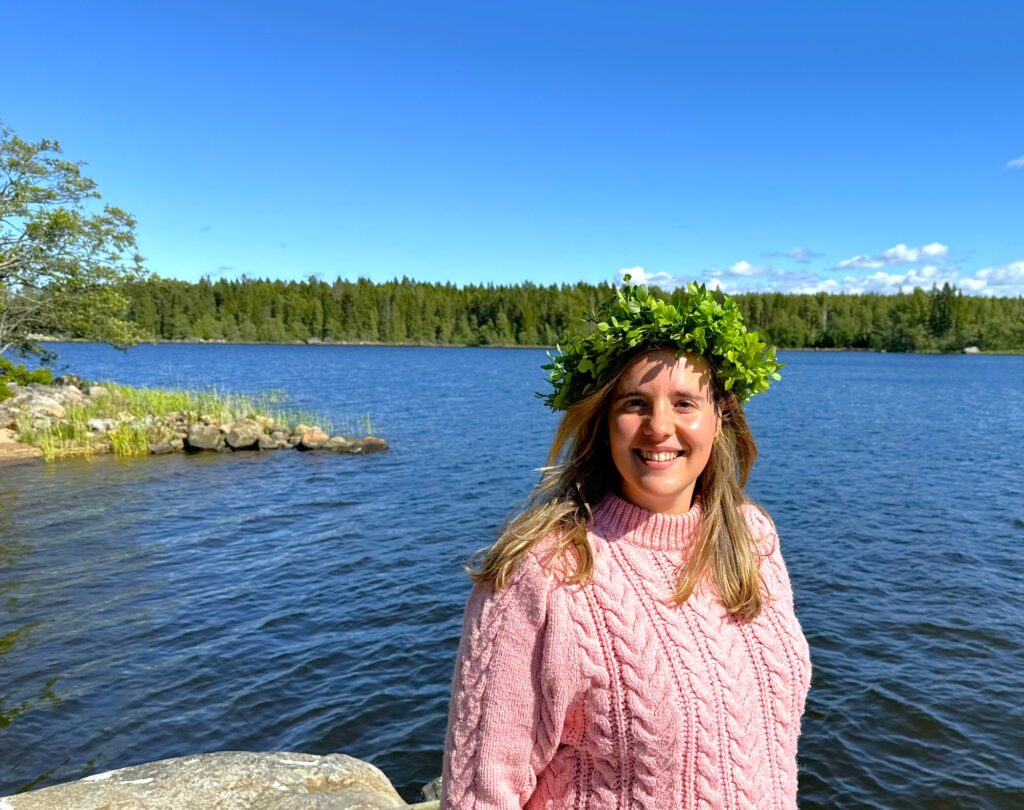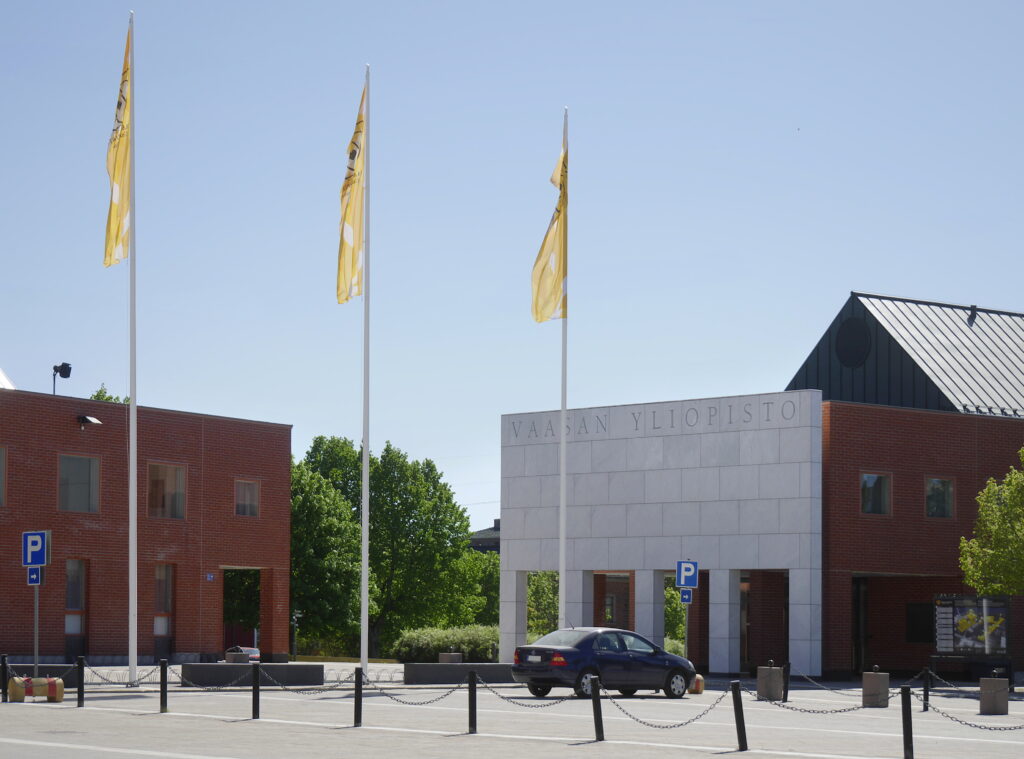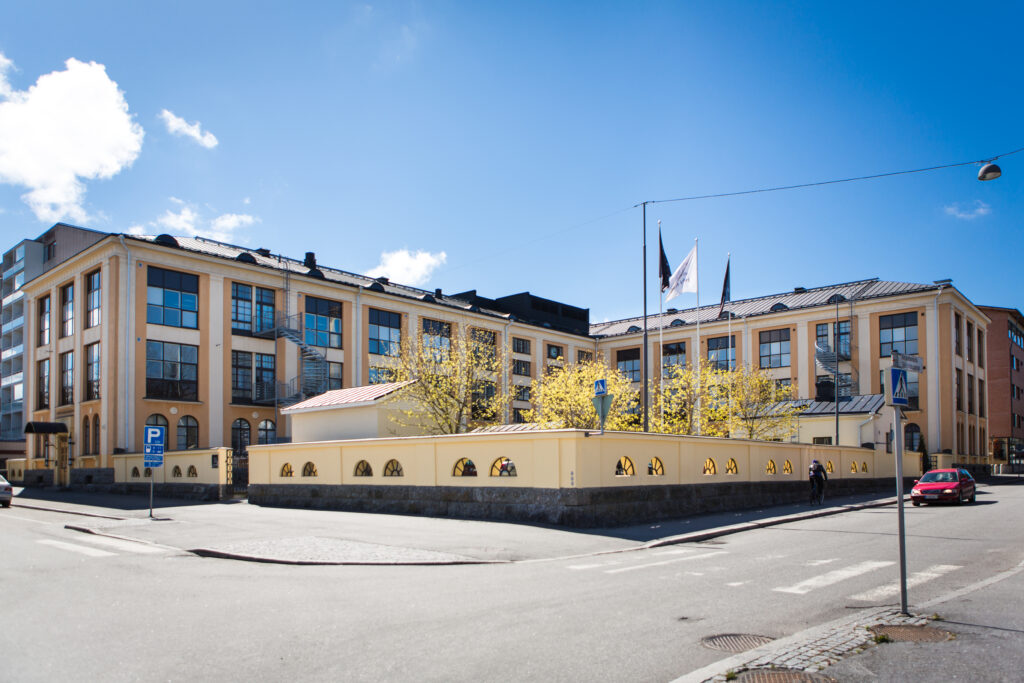The Kvarken Council has unveiled its inaugural strategy as a European Grouping of Territorial Cooperation (EGTC). The comprehensive strategy lays the foundation for enhanced regional development, improved cooperation, and increased prosperity for the communities on both sides of the Kvarken Strait.
The Kvarken Council’s new strategy marks a significant milestone in cross-border collaboration between Finland and Sweden. It is the first major initiative of the Kvarken Council since it became a European Grouping of Territorial Cooperation in 2020.
The council, which has a long history of cross-border collaboration, hopes that the strategy will help to further strengthen the Kvarken region’s position as a dynamic and innovative hub for sustainable development and growth, benefiting both individuals and businesses.
The Nordic handprint – a positive impact
The Kvarken Council has embraced a shared vision aimed at leaving a meaningful handprint through collaborative efforts within the Nordic region. Drawing inspiration from the analogy of a handprint, the council has identified five priority areas, referred to as “the five fingers,” that serve as central pillars of their activities.
These areas include
- Demographics and Attractiveness,
- Accessibility,
- Green Transition,
- Competence and Learning, and
- Interaction Between Residents.
By focusing on these core priorities, the council seeks to make a significant and positive impact on the Kvarken region, fostering growth, sustainability, and harmonious interaction among its residents.

Mathias Lindström, Director of the Kvarken Council, emphasises that this strategy is a dynamic and evolving document, with ongoing and future actions aimed at achieving the region’s success.
“The council’s activities are continually updated to ensure they reflect the region’s needs and aspirations,” Lindström says.
At the forefront of technological advancements
One of the key goals of the strategy is to strengthen the Kvarken region’s position as a leading hub for innovation and entrepreneurship. This will be achieved through initiatives such as the creation of innovation hubs and the promotion of cross-border collaboration between businesses and research institutions. The Kvarken council concludes that a dynamic innovation ecosystem attracts investments and fosters the growth of local enterprises.
Another important aspect of the strategy is the development of infrastructure in the region. The Kvarken Council aims to improve transport links and digital infrastructure to better connect the region with the rest of Europe.
Expanding the workforce is a challenge
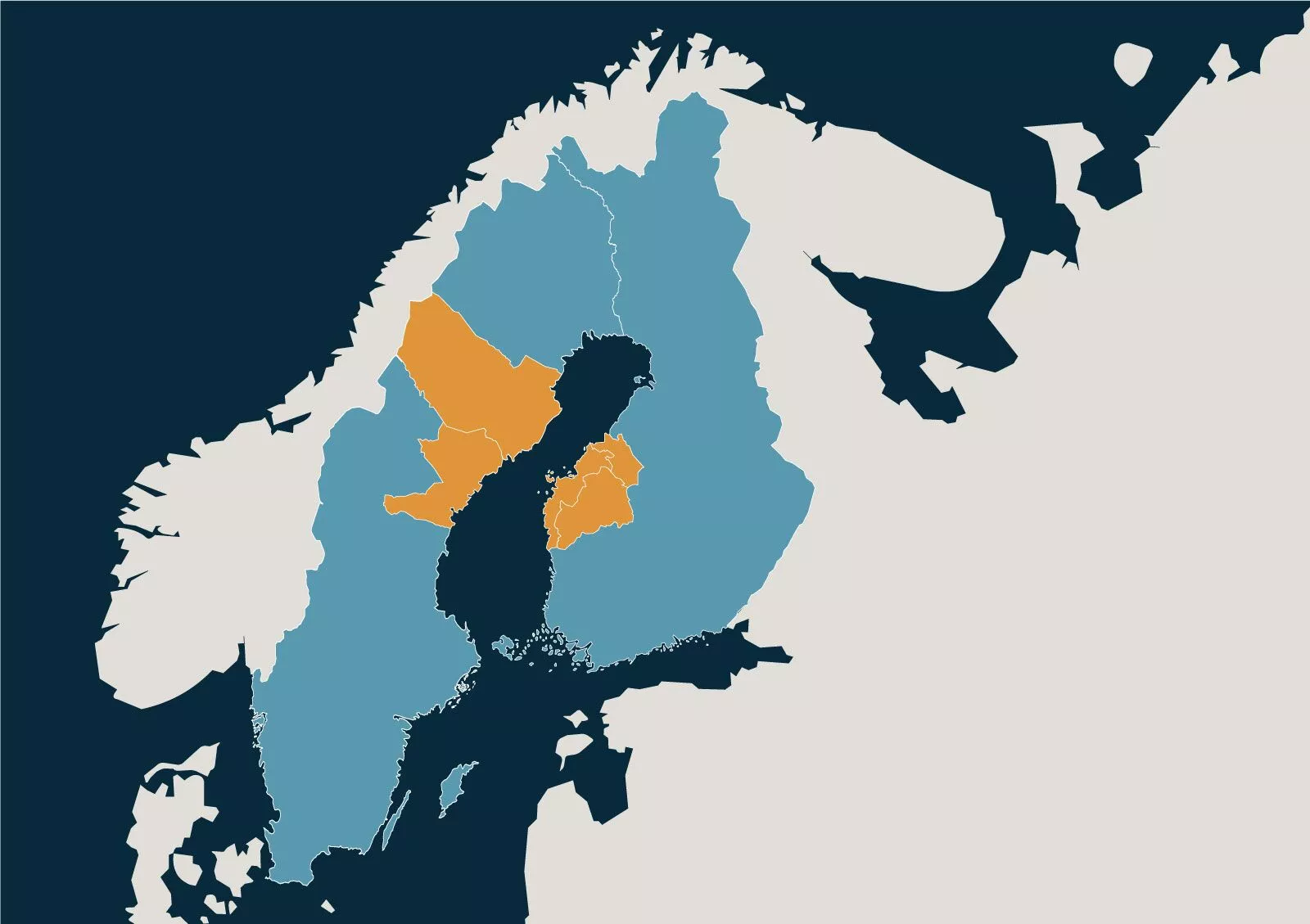
The Kvarken region’s location, with the Kvarken Strait separating Finland and Sweden, presents both challenges and opportunities. According to Mathias Lindström, the most complex issue at hand is the talent shortage, which threatens the economic competitiveness of the region in the worldwide marketplace.
“The greatest challenge associated with the positive developments we make is the acquisition of a sufficient labor force; we need people to move here,” Lindström says.
Besides the struggle of finding workers, there is a need for more efficient transport links, including maritime connections and cross-border infrastructure projects. However, Lindström also highlights many strengths of the Kvarken region, such as the well-established cooperation and trust among stakeholders.
There is a shared commitment to developing the region into a leading destination for individuals, companies, and industries. An effective communication between the public sector and business community ensures that things move forward.
The future of the Kvarken region is green
Another significant strength, Lindström adds, lies in the region’s own business community, which demonstrates strong ambitions to lead globally, particularly in areas such as the green transition.
The new strategy places a strong emphasis on sustainable growth, recognising the need to balance economic development with environmental stewardship. By promoting renewable energy sources, eco-friendly transportation, and sustainable land use practices, the Kvarken Council aims to create a greener region that minimises its ecological footprint.
The strategy also underscores the importance of sustainable tourism, showcasing the region’s unique natural and cultural assets. This includes the Kvarken Archipelago, which is a UNESCO World Heritage site.
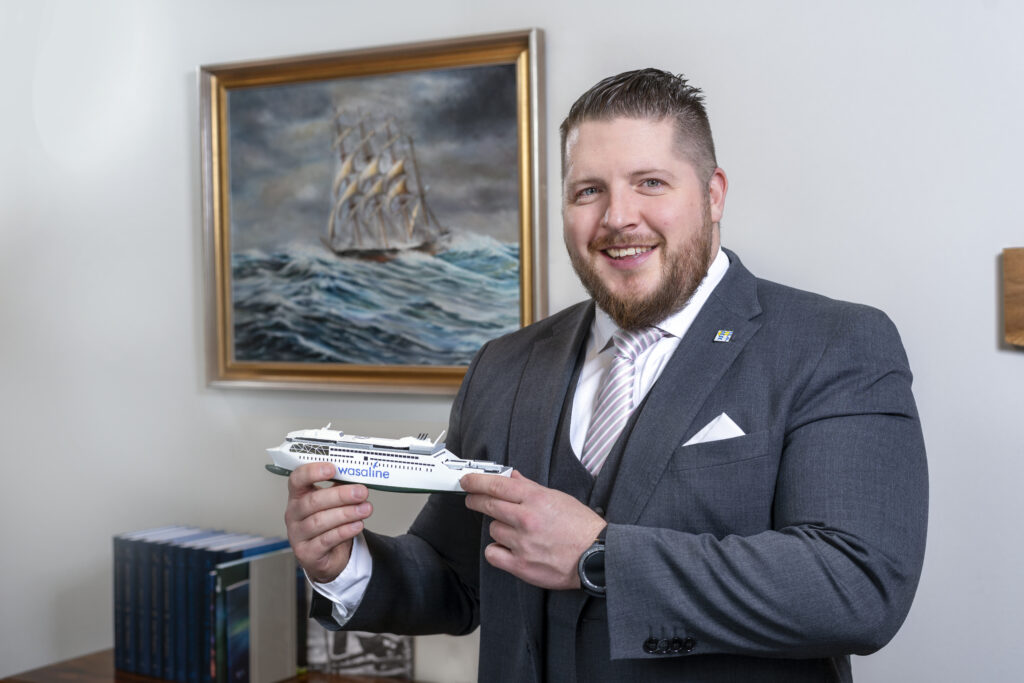
How will the people living and working in the Kvarken region experience the tangible outcomes of your strategic efforts in their daily lives?
“Currently, individuals in the region are already witnessing the positive impact of our work, particularly through enhanced communication infrastructure that benefits both businesses and individuals alike,” Mathias Lindström says.
For instance, Lindström notes that the introduction of a reliable ferry service has significantly improved connectivity. Electric flights are soon to follow, further linking the region and making it more convenient for residents to live, work, and travel around the area.
This development will not only facilitate smoother transportation for individuals, but it will also enable businesses to easily bring their partners and customers to the region, fostering global engagement and expanding opportunities for international trade.
The Kvarken Council, established in 1972, has been at the forefront of fostering cooperation between the regions of Ostrobothnia in Finland and Västerbotten in Sweden.
As a European Grouping of Territorial Cooperation (EGTC), it now enjoys an official status within the European Union, granting it additional opportunities for funding and policy influence. This transition provides an important platform for the Kvarken Council to reinforce its efforts towards sustainable regional development.
The new strategy along with its vision, focus areas, and actions can be found HERE.

